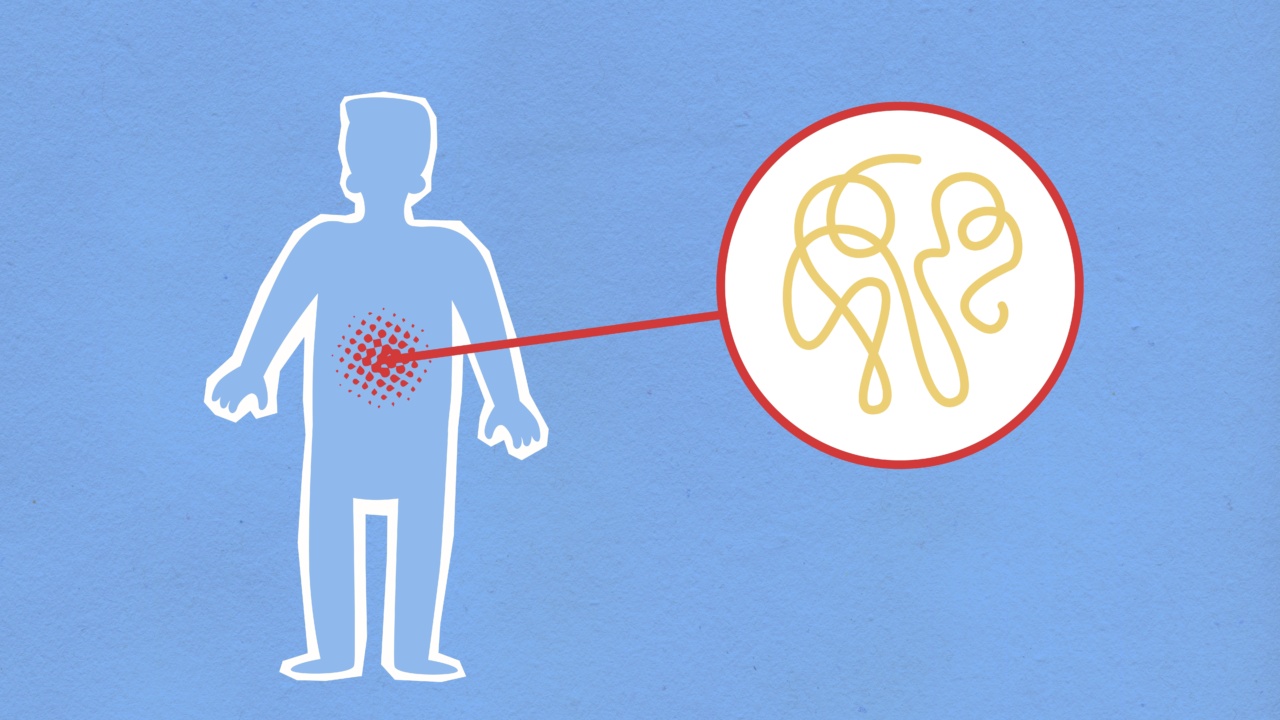Parkinson’s disease is a neurodegenerative disorder that affects movement. It is a progressive condition that worsens over time, and it mainly impacts the dopamine-producing cells in the brain.
While there is no cure for Parkinson’s disease, early diagnosis and management can significantly improve the quality of life for individuals affected by it. In this article, we will explore some of the common indicators or symptoms of Parkinson’s disease, emphasizing the importance of recognizing these signs for timely intervention.
1. Tremors
Tremors or shaking of the extremities, especially the hands, fingers, and legs, is one of the primary indicators of Parkinson’s disease. These tremors often appear when the body is at rest and tend to disappear during movement.
2. Bradykinesia
Bradykinesia refers to the slowing down of movement or the inability to initiate movement.
Individuals with Parkinson’s disease often experience difficulty in performing everyday tasks that require fine motor skills, such as buttoning a shirt, writing, or tying shoelaces.
3. Rigidity
Rigidity, also known as stiffness, is a typical symptom of Parkinson’s disease. Muscles may become tense and resist movement, causing discomfort or pain. Rigidity can affect various parts of the body and impact daily activities and mobility.
4. Postural Instability
Postural instability is characterized by difficulty maintaining balance and an increased risk of falls. People with Parkinson’s disease may have a stooped posture and exhibit a tendency to shuffle while walking.
This symptom typically appears in the later stages of the disease.
5. Impaired Speech and Swallowing
Parkinson’s disease can affect the muscles responsible for speech and swallowing. Individuals may experience slurred or monotone speech, reduced volume, hesitation while speaking, and difficulties in swallowing food or saliva.
These changes can impact communication and nutrition.
6. Loss of Smell
Surprisingly, a reduced ability to smell (hyposmia) or the loss of smell (anosmia) can be an early indicator of Parkinson’s disease.
This symptom can precede the motor symptoms by several years, making it a potential preclinical sign of Parkinson’s.
7. Cognitive and Emotional Changes
While primarily known as a movement disorder, Parkinson’s disease can also have cognitive and emotional effects. Individuals may experience difficulties in executive functions, memory, attention, and decision-making.
Additionally, depression, anxiety, and changes in behavior and mood are common.
8. Sleep Disturbances
Parkinson’s disease can disrupt sleep patterns, leading to various sleep disturbances. These may include vivid dreams or nightmares, excessive daytime sleepiness, fragmented sleep, insomnia, restless leg syndrome, and sleep apnea.
Sleep problems can further exacerbate other Parkinson’s symptoms.
9. Micrographia
Micrographia is a term used to describe the shrinking of handwriting over time. It is a common symptom observed in individuals with Parkinson’s disease.
As the disease progresses, handwriting often becomes smaller and more cramped, making it challenging to write or read.
10. Freezing
Freezing is a phenomenon where individuals with Parkinson’s disease feel as if their feet are glued to the ground and struggle to start walking or to maintain regular gait patterns.
Freezing episodes can occur in confined spaces, when turning, or when initiating movement, leading to a risk of falls.
Conclusion
While the presence of one or more of these common indicators does not necessarily confirm a Parkinson’s disease diagnosis, it is crucial to be aware of these potential symptoms and seek medical advice when they occur.
Early detection enables healthcare professionals to initiate appropriate interventions and develop effective management plans. If you or someone you know exhibits any of these indicators, do not hesitate to consult a healthcare professional for further evaluation.





























